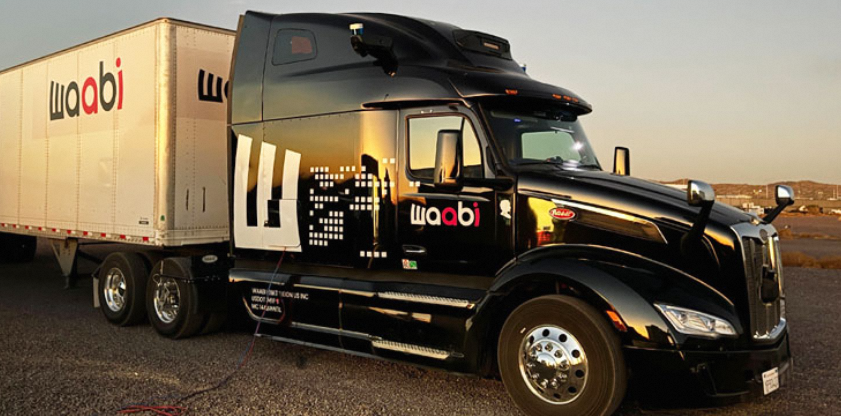Pioneering Partnership Aims to Transform Freight Transportation
In a groundbreaking move, self-driving technology company Waabi has announced a strategic partnership with Volvo Autonomous Solutions to develop and deploy autonomous trucks. This collaboration seeks to address the trucking industry’s challenges, including driver shortages and the demand for increased efficiency.
Integration of Advanced Technologies
The partnership will see the integration of Waabi’s virtual driver system, sensors, and computing technology into Volvo’s VNL Autonomous trucks. These trucks, manufactured at Volvo’s New River Valley factory in Virginia, are designed with redundancy systems to ensure safety during autonomous operations. Raquel Urtasun, Waabi’s founder and CEO, emphasized that their technology is versatile and could extend to other applications, including robotaxis and humanoid robots.
Addressing Industry Challenges
The trucking industry has long grappled with a shortage of drivers, leading to increased operational costs and logistical challenges. By introducing self-driving trucks, the partnership aims to:
- Enhance Efficiency: Autonomous trucks can operate continuously without the limitations of human drivers, reducing delivery times.
- Improve Safety: Advanced AI systems can minimize human errors, leading to safer roadways.
- Reduce Costs: Automation can lower labor costs and fuel consumption through optimized driving patterns.
Future Prospects
Waabi plans to conduct commercial pilots in Texas in collaboration with Uber Freight within the next four years. The company has also secured strategic investments from Volvo Group’s venture capital arm, Khosla Ventures, and Porsche Automobil Holding, signaling strong industry confidence in their approach.
Industry Implications
This partnership marks a significant step toward the widespread adoption of autonomous vehicles in freight transportation. As technology advances, the logistics industry may witness a paradigm shift, with self-driving trucks becoming a common sight on highways, leading to more efficient and safer transportation networks.
